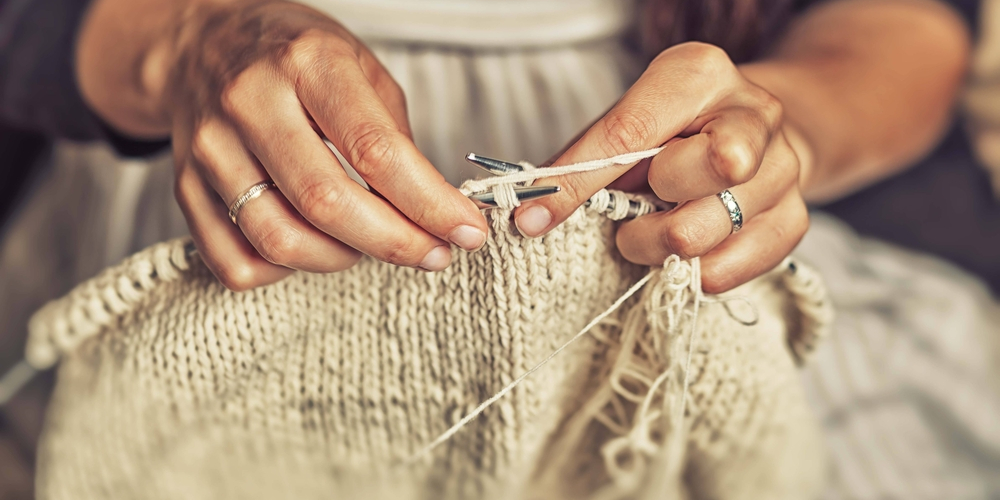
Ultimate Guide To Counting Rows While Knitting
Counting stitches and rows is a common requirement in knitting patterns. This is particularly handy for checking your tension, but it may also be used for a variety of other purposes. You might need to count a certain number of stitches to make a decrease in the correct spot, or knit a certain number of rows according to your pattern.
The optimal approach is determined by your personality and, of course, the type of knitting project you're working on. Is it possible to have simple repeats, such as the same two rows or four rows repeated over and over? Do you plan to knit stripes of a specific width? Is it a complicated lace pattern that requires you to know exactly which row you're on?
The most accurate approach to count stitches is to first identify a stitch and then count stitches up and down, which will tell us how many rows we've completed and which row we need to work next.
Identifying Your Knitwork
As a novice knitter, one of the first things you'll need to learn is to constantly be aware of which side of your knitwork is facing you. Because most fabrics aren't reversible, you'll need to know whether you're working on an odd or even row.
Let's start with stockinette stitch, which is knit on the right side of the fabric and purled on the wrong side while working on a flat object. A knit stitch that looks like a "V" can be seen on the right side of the ‘stockinette’ stitch. We're searching for something like this to assist us count our rows.
Attaching a locking stitch marker to the right side of the work is a great little trick. The right side is usually the first row after casting on, but if you're following a pattern that requires it, the first row will indicate whether it's the right side or wrong side. A stitch marker has the added benefit of being able to be used as a simple progress tracker.

Counting Repeats
Many knitters at Vardhman put a piece of paper and a pen next to their knitting and use tally marks to keep track of their knitted rows. One mark for each completed knitted row. If you simply knit a few rows at a time, tally markings are great for keeping track of your knitted rows.
If you have a pattern with simple repeats, dice are also excellent counters. Place the die in front of you and turn it so that the face value corresponds to the row number you are knitting. If you have repeats of 2-6 rows, use one die; if you have repeats of up to 12 rows, use two dice.
You can also use mechanical tally counters to keep a track of the rows while knitting. Knitters have used mechanical tally counters since the 1920s, and they remain one of the simplest ways to keep track of which exact row you are knitting.
It's no surprise that many knitters keep track of their knitting with dedicated mobile apps in this day and age. You'll need good software if you're working on a difficult pattern that requires you to keep track of not only which row you're on, but also several repeats and repeats inside repeats. These days, mobile phone apps in your android and iOS devices can not only help you keep track of your rows but also for keeping track of your patterns, your supplies, your needles and more.
How do you keep track of your rows in a pattern? Do you have any suggestions? Comment below!
For more such blogs, visit the Vardhman Knitting Diaries: https://vardhmanknitworld.com/blogs/knitting-diaries

